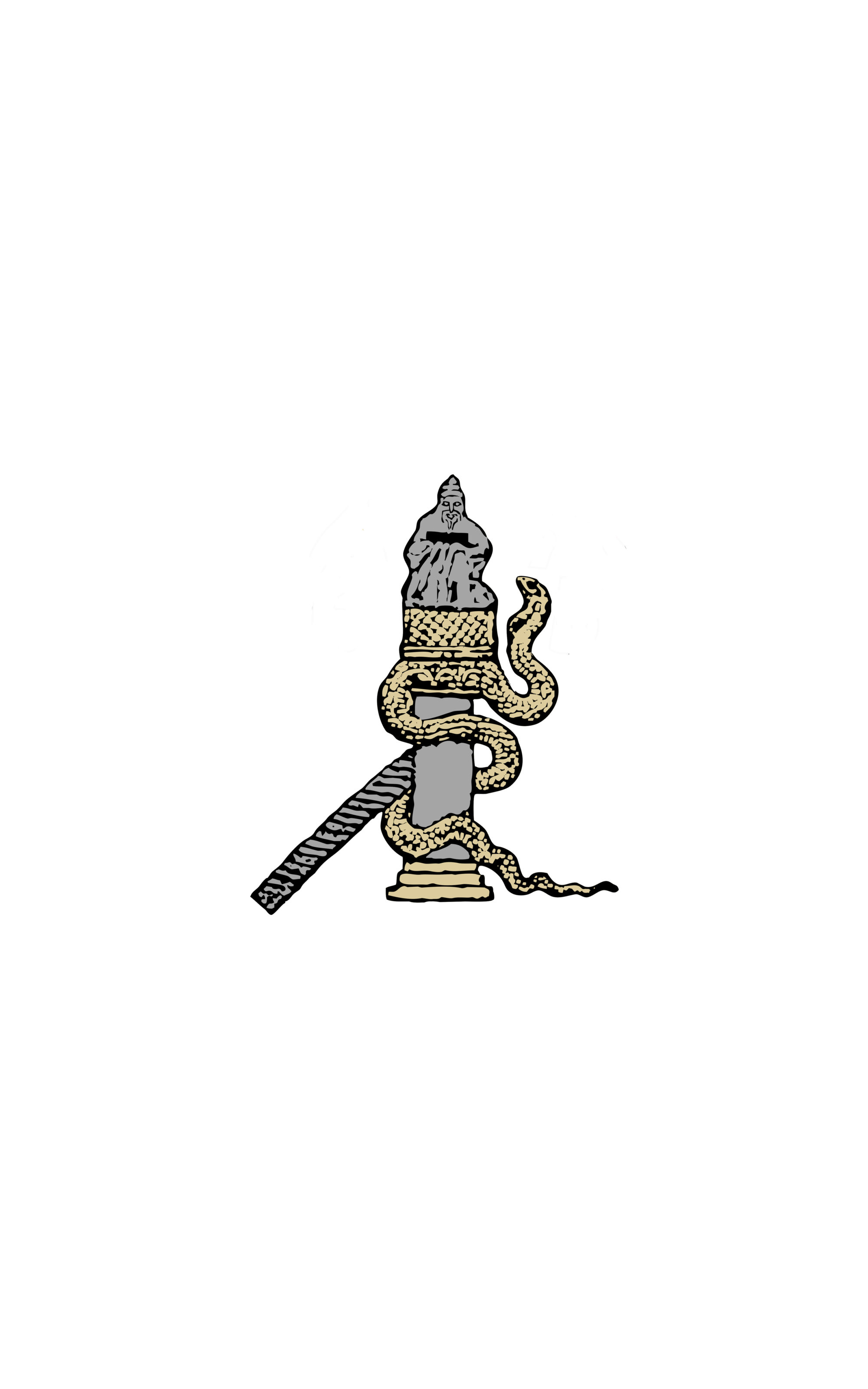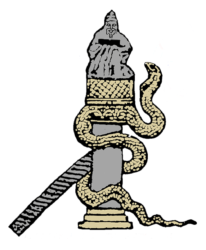The Monastery of king Marko near Skoplje: The Research of the Influence of Liturgical poetry on the Iconographic Program.
Marka Tomić Djurić (Université de Belgrade)
The church of St Demetrius near Skoplje, known as the Monastery of king Marko was founded in 1346/1347, by the nobleman Vukašin Mrnjavčević and his eldest son Marko. It was completed under King Marko in 1376/1377. Frescos in the Monastery of king Marko represent an ensemble with high level of theological thought, presence of very complex iconography formulations and specific expressive style. The program of church decoration and quality of painting are representative examples of intellectual and artistic trends in the second half of the XIV century in Serbian and Byzantine art.
An important mechanism of representation of the program is based on liturgical poetry. One part of the research is devoted to correlation between iconography and hymnography. Visual language of the Monastery of king Marko represents matured stage of poetry models and imagery, revealing the tendency of late Byzantine art of the inclusion of hymnography as bearers of theological argumentation.
The main iconographical formulations which illustrate this idea are: the theme of Heavenly Court and Imperial Deeisis, with poetic source in David’s psalms 44(45) and 88(89); the illustration of Akathistos hymn; the complex iconography structure of Christos Logos with literary framework of King Solomon’s Stories and the inspiration in Kanon on Holy Thursday of St Kosmas of Maiouma and Canon on Easter of St John Damascene; the composition of the Death Christ and the Mother of God with the poetic genre of Threnos in Kanon on Good Friday of Symeon Logothet and the kontakion on Good Friday of Romanos Melodos, and the iconography unit with the portraits of ktitors king Vukašin and king Marko at the south door of the church, formulated using David’s psalm 88(89).
The use of poetic models in the program of the Monastery of king Marko refers to strong influence of the church rite of the Holy Week and also presents particular politico-ideological nature on the subject of legitimacy of the dinasty and ruler.

